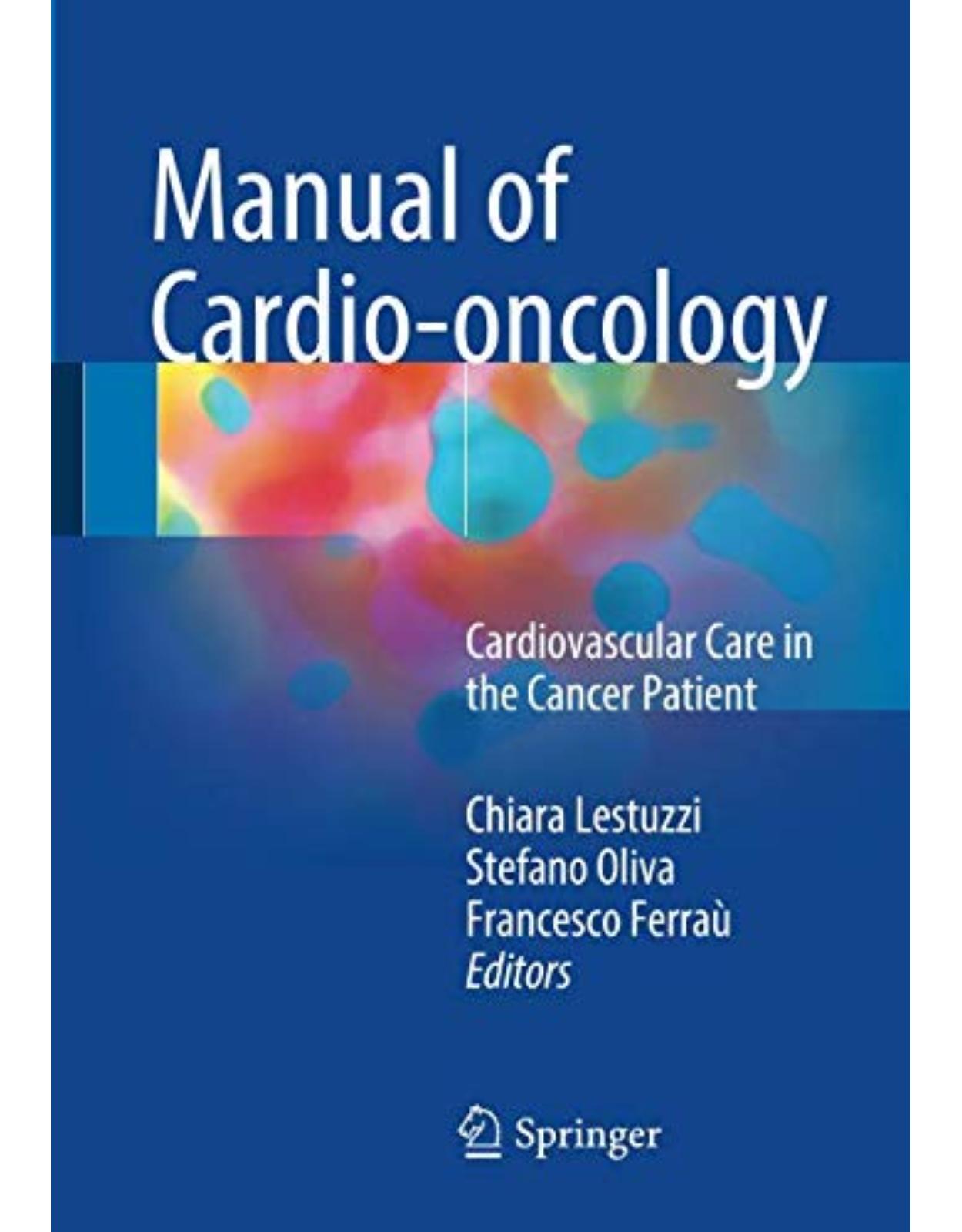
Manual of Cardio-oncology: Cardiovascular Care in the Cancer Patient
Livrare gratis la comenzi peste 500 RON. Pentru celelalte comenzi livrarea este 20 RON.
Disponibilitate: La comanda in aproximativ 4 saptamani
Editura: Springer
Limba: Engleza
Nr. pagini: 488
Coperta: Paperback
Dimensiuni: 16.8 x 2.8 x 24 cm
An aparitie: 2017
Description:
This concise and handy manual provides straightforward, up-to-date guidance for cardiologists and other practitioners on the management of cancer patients with cardiac problems, whether they be due to the cancer itself or to antineoplastic treatment. Detailed attention is devoted to the various forms of cardiotoxicity associated with chemotherapy and radiotherapy. The drugs commonly responsible for each toxicity are identified and clear advice is offered on monitoring techniques and treatment approaches. In addition, the issue of cardiotoxicity due to cancer treatment in particular patient groups – children, the elderly, and those with pre-existing cardiac disease – is addressed separately, with guidance on when and how antineoplastic (and/or cardiological) treatments should be modified. Further sections describe the correct responses to cardiac problems secondary to the cancer itself, including thromboembolic disorders and electrolyte imbalances, and the diagnosis, treatment, and follow-up of cardiac tumors. A closing section considers how to improve cooperation between oncologists, cardiologists, and general practitioners to ensure that cancer patients’ cardiovascular needs are met in a multidisciplinary approach.
Table of Contents:
List of Contributors
I: Introductory Aspects
1: Epidemiology of Cancer: Prevalence, Incidence of Neoplastic Diseases and Trends in Survival i
1.1 Background
1.2 Cancer Distribution
1.2.1 Incidence of All Cancers Excluding Nonmelanoma Skin Cancers
1.2.2 Mortality of All Cancers Excluding Nonmelanoma Skin Cancers
1.3 Lung Cancer
1.3.1 Incidence
1.3.2 Mortality
1.3.3 Risk Factors
1.3.4 Survival
1.4 Breast Cancer
1.4.1 Incidence
1.4.2 Mortality
1.4.3 Risk Factors
1.4.4 Survival
1.5 Colorectal Cancer
1.5.1 Incidence
1.5.2 Mortality
1.5.3 Risk Factors
1.5.4 Survival
1.6 Prostate Cancer
1.6.1 Incidence
1.6.2 Mortality
1.6.3 Risk Factors
1.6.4 Survival
1.7 Discussion
1.8 European Code Against Cancer
References
2: Cancer, Heart Diseases, and Common Risk Factors: Smoke
2.1 Key Points
2.2 Epidemiology
2.3 Cigarette Smoke: Chemical–Physical Characteristics
2.4 Pathophysiology
2.5 Smoke as Risk Factor for Cancer and Other Diseases
2.6 Conclusions
References
3: Cancer, Heart Diseases and Common Risk Factors: Diet and Physical Activity
3.1 Background
3.2 Diet
3.2.1 Dietary Supplements
3.2.2 Prevention of Cardiotoxicity
3.2.3 Traditional and Alternative Dietary Patterns (. Table 3.1)
3.3 Physical Activity
3.3.1 Physical Activity and Cardiovascular Diseases
3.3.2 Physical Activity in Cancer Prevention (. Fig. 3.5)
3.3.3 Physical Activity After Cancer Diagnosis
3.3.4 Cardiovascular Disease, Cancer, and Physical Activity
References
II: Cardiac Problems as a Consequence of Cancer
4: Thromboembolic Disorders as a Consequence of Cancer
4.1 Introduction
4.2 Clinical Aspects
4.3 Screening for Occult Cancer in Patients with Idiopathic VTE
4.4 Primary Thromboprophylaxis and Identification of High-Risk Outpatients
4.4.1 Surgical Prophylaxis
4.4.2 High-Risk Cancer Outpatients Identification for Primary Thromboprophylaxis
4.4.3 Multiple Myeloma
4.5 Appropriate Immediate and Long-Term Treatment for Patients with Acute Thromboembolism and t
4.5.1 Acute Treatment (First 10 Days)
4.5.2 Long-Term (First 3 Months) and Extended Therapy (No Planned Stop Date)
4.5.3 Treatment of Catheter-Related DVT
4.5.4 Vena Cava Filters
4.6 Management of Recurrent VTE on Anticoagulation Therapy [55, 63–67]
4.7 Treatment Strategy in Patients with Thrombocytopenia
References
Suggested Reading: Society Guidelines
5: Arrhythmias and Electrolyte Imbalances as Consequences of Cancer
5.1 Arrhythmias
5.2 Electrolyte Imbalances
5.2.1 Hypokalemia
Clinical Manifestations
Treatment
5.2.2 Hyperkalemia
Clinical Manifestations
Treatment [19, 20]
5.2.3 Hypercalcemia
Clinical Manifestations
Treatment [19, 20]
5.2.4 Hypocalcemia
Clinical Manifestations
Treatment
5.2.5 Hypomagnesemia
Clinical Manifestations
Treatment [19, 20]
5.2.6 Hypermagnesemia
Clinical Manifestations
Treatment
5.2.7 Hyponatremia
Clinical Manifestations
Treatment [25, 26]
5.2.8 Hypernatremia
Clinical Manifestations
Treatment [28]
5.2.9 Hyperphosphatemia
Clinical Manifestations
Treatment
5.3 Tumor Lysis Syndrome
5.3.1 Clinical Manifestations
5.3.2 Treatment [38–40]
References
III: Oncologic Treatments and Cardiotoxicity
6: Molecules, Drugs, and First-Line Therapies: A Guide for the Cardiologist
6.1 Introduction: Cardiovascular Toxicity with First-Line Therapy in Solid Tumors, Risk, and Ben
6.2 First-Line Therapy in Different Cancers: Challenges and Pitfalls with Cardiotoxic Drugs
6.2.1 Breast Cancer
Chemotherapy
Anthracyclines and Taxanes Alone or in Combinations
Anti-HER2 Agents
Endocrine Therapy (Tamoxifen, Aromatase Inhibitors, Fulvestrant)
6.2.2 Colorectal Cancer and Other Upper Gastrointestinal Malignancies
Fluoropyrimidines
Anti-VEGF Agents
Bevacizumab
Anti-EGFR Agents
Cetuximab and Panitumumab
6.2.3 Lung Cancer
Platinum-Based Chemotherapy
Cisplatin
Anti-EGFR and Anti-ALK TKIs
6.2.4 Genitourinary Cancers (Renal Cell Carcinoma and Prostate and Bladder Cancer)
Multitarget TKIs Used in Renal Cell Carcinoma
Systemic Therapy Used for Prostate Cancer
LHRH Agents and Antiandrogen (Chemical Castration)
New Antiandrogen (Abiraterone and Enzalutamide)
6.2.5 Rare Tumors
Imatinib Used as First-Line Therapy in GIST
Anti-BRAF Agents (Vemurafenib, Trametinib) Used in BRAF- Mutated Advanced Melanoma
Chemotherapy Agents Used Upfront for Metastatic Sarcomas
6.3 Recommendations
References
7: The Pharmacologist’s Point of View: Mechanisms of Cardiotoxicity
7.1 Introduction
7.2 Anticancer Agents Associated with Cardiotoxicity
7.2.1 Anthracyclines
7.2.2 Fluoropyrimidines
7.2.3 Microtubule-Targeting Agents
7.2.4 Alkylating Agents
7.2.5 Proteasome Inhibitors
7.2.6 Tyrosine Kinase Inhibitors
Trastuzumab
Lapatinib
Imatinib
VEGFR Inhibitors
Bevacizumab
Tyrosine Kinase Inhibitors Targeting the VEGF Pathway
Sunitinib
Sorafenib
Other VEGF-Targeting TKIs
7.3 Cardio-oncological Early Detection and Prevention: The Future
References
8: Cardiotoxicity: Left Ventricular Dysfunction
8.1 Which Drugs Are Involved
8.1.1 Definition and Graduation of LVD
8.1.2 Anthracycline-Related LVD
8.1.3 Non-anthracycline-Related LVD
8.1.4 Targeted Therapy and LVD
Trastuzumab
Bevacizumab and TKI Small Cell
8.2 How to Monitor
8.2.1 LV Systolic Function
8.2.2 LV Diastolic Function
8.2.3 Myocardial Deformation
8.2.4 Use of Biomarkers
8.3 How to Treat
8.3.1 Left Ventricular Dysfunction Induced by Anthracyclines
8.3.2 Left Ventricular Dysfunction Induced by Trastuzumab
References
9: Cardiotoxicity: Cardiac Ischemia
9.1 Introduction
9.2 Fluoropyrimidines
9.2.1 Pathophysiology
9.2.2 Incidence
9.2.3 Clinical Presentation
9.2.4 Laboratory Analysis Data
9.2.5 Challenges in Diagnosis
9.2.6 Therapy
9.2.7 FP Therapy Must Be Stopped Immediately When Cardiotoxicity is Detected
9.2.8 Time to Recovery
9.2.9 Rechallenge
9.3 Anti-VEGFR
9.3.1 Pathophysiology
9.3.2 Therapy
9.4 Other Drugs Which Have Been Involved in Acute Cardiac Ischemia or in Increased Risk of Myoca
9.4.1 BCR-ABL-Targeted Tyrosine Kinase Inhibitors
9.4.2 All-Trans Retinoic Acid
9.4.3 Platinum Compounds
9.4.4 Interleukin-2 (Il-2) and Alpha-Interferon
9.4.5 Taxanes
9.4.6 Aromatase Inhibitors
9.4.7 Androgen Deprivation Therapy
References
10: Cardiotoxicity: Hypertension
10.1 Introduction
10.2 Proteinuria
10.3 Hypertension
10.4 Cardiotoxicity
10.4.1 Anti-vascular Endothelial Growth Factor Agents
10.4.2 Antihuman Epidermal Growth Factor Receptor 2
10.4.3 Anti-active Breakpoint Cluster Region Abelson Receptor
10.4.4 Prevention and Management of Cardiotoxicity
10.5 Renal Dysfunction
References
11: Cardiac Arrhythmias in Cancer Patients
11.1 Introduction
11.1.1 Incidence of Cardiac Arrhythmias
11.2 Atrial Fibrillation
11.2.1 Epidemiology
11.2.2 Pathophysiology
11.2.3 Clinical Considerations
11.2.4 Therapy
11.3 Bradyarrhythmias
11.3.1 Thalidomide
11.3.2 Paclitaxel
11.3.3 Other Drugs
11.4 Ventricular Arrhythmias Without QT Prolongation
11.5 Diagnosis of Cardiac Arrhythmias
11.6 Arrhythmias and Targeted Therapy
11.6.1 Vandetanib
11.6.2 Sunitinib and Sorafenib
11.6.3 Lenvatinib
11.6.4 Ponatinib
11.7 Monitoring and Management of Cardiac Arrhythmias Due to Targeted Therapy
References
12: Radiotherapy: Clinical Aspects and Cardiotoxicity
12.1 Pathophysiology
12.2 Acute Toxicity
12.2.1 Acute Pericarditis
12.2.2 Ventricular Dysfunction
12.2.3 Cardiac Ischemia
12.3 Late Toxicity
12.3.1 Coronary Artery Disease (CAD)
12.3.2 Left Ventricular (LV) Dysfunction
12.3.3 Valvular Heart Disease (VHD)
12.3.4 Chronic Pericarditis
12.3.5 Arrhythmias
12.4 Clinical Presentation
12.5 Diagnosis of RIHD
12.5.1 Coronary Artery Disease
12.5.2 LV Systolic and Diastolic Dysfunction
12.5.3 Restrictive Cardiomyopathy
12.5.4 Valve Disease
12.5.5 Pericardial Disease
12.6 Prevention Strategies in Subjects Treated By RT
12.7 Therapy
12.8 Vascular RT Complications
References
13: Cardiotoxicity in Children
13.1 General Considerations
13.2 Etiology and Pathophysiology
13.2.1 Therapeutic Agents Responsible for Cardiotoxicity
13.2.2 Preexisting Cardiovascular Disease or Cardiac Risk Factors and Comorbidities
13.3 Cardiovascular Manifestations
13.4 Cardiologic Clinical Setup of a Childhood Cancer Patient or Survivor
13.5 Preventive Strategies
13.6 Practical Surveillance Program
References
14: Cardiotoxicity in the Elderly
14.1 Introduction
14.2 Characteristics of Elderly People
14.3 Evaluating Older Patients for Screening Purpose: The Comprehensive Geriatric Assessment (CGA
14.4 The Frail Cancer Patient: Definition and Identification
14.5 Selected Physiologic Age-Related Changes
14.5.1 Multi-morbidity and Co-morbidity
14.5.2 Unusual Presentations of Illness in the Elderly
14.6 Drug Therapy in the Elderly
14.7 Drug-Related Problems in the Elderly
14.7.1 Before Starting a New Drug
14.7.2 After Starting a Drug
14.7.3 Ongoing
14.7.4 Cardiac Effect of Anticancer Therapy in the Elderly
14.7.5 Anthracycline
Duration and Frequency of Administration
Type of Anthracycline
References
15: Treatments in Patients with Cancer and Cardiac Diseases
15.1 Introduction
15.1.1 Risk of Worsening of Cardiac Status Due to the Tumor
15.1.2 Antineoplastic Treatments Interfering with the Cardiovascular Function
15.1.3 Pharmacological Interactions Between Cardiac and Antineoplastic Drugs
Metabolic Interactions
Cumulative Effects
15.2 Practical Approach to the Patient with Cardiovascular Disease
15.2.1 Dilated and/or Hypokinetic Cardiomyopathies (CMP)
15.2.2 Hypertension
15.2.3 Coronary Artery Disease (CAD)
Treatment Options for Chronic CAD
Treatment Options for CAD with Acute Coronary Syndrome (ACS)
15.2.4 Arrhythmias
15.2.5 Valvular Heart Disease
Native Valve Disease
Prosthetic Valves
15.2.6 Varicose Veins
15.2.7 Patients with Cardiac Implantable Electronic Devices (CIED) Who Need Radiotherapy
15.3 Practical Approach to the Patient with Cardiac Implantable Electronic Devices [22, 23]
15.3.1 Before Starting Radiotherapy
15.3.2 During Radiotherapy
15.3.3 After Radiotherapy
References
16: Hematopoietic Stem Cell Transplantation and Cardiotoxicity
16.1 Introduction
16.2 Pretransplant Evaluation
16.2.1 Medical History
16.2.2 Twelve-Lead Electrocardiogram (ECG)
16.2.3 Chest X-Ray
16.2.4 Assessment of Left Ventricular Ejection Fraction (LVEF)
16.2.5 Noninvasive Stress Testing
16.2.6 Cardiac Biomarkers
16.3 Clinical Manifestation of Cardiac Complication
16.3.1 Early Manifestations
As a Consequence of High-Dose Chemotherapy
As a Consequence of Radiotherapy
16.3.2 Infectious Complications
Endocarditis
Myocarditis and Pericarditis
16.3.3 As a Consequence of Hematopoietic Stem Cell Reinfusion
Dimethyl Sulfoxide (DMSO)
16.4 Cardiac Complications of GvHD
16.4.1 Immunosuppressive Therapy
Cyclosporine and Tacrolimus (Calcineurin Inhibitors)
Mycophenolate Mofetil
Sirolimus
16.5 Long-Term Complications
16.5.1 Risk Factors
16.5.2 Follow-Up
16.5.3 Interventions
References
17: Cardiotoxicity in Long-Term Survivors
17.1 General Consideration of Cancer Survivorship
17.2 Cardiotoxicity and Cancer Treatment
17.2.1 Definition
17.2.2 Classification
17.2.3 Pathogenesis
17.2.4 Diagnosis
17.3 Antineoplastic Drugs Associated With Chronic Cardiotoxicity
17.3.1 Anthracyclines and Other Agents Associated with Type 1 Cardiotoxicity
17.3.2 Cardiotoxicity of Type II Agents
17.4 Cardiac Toxicity in Cancer Survivors
17.4.1 Definitions of “Cardiotoxicity” in Cancer Survivors
17.4.2 Risk Factors of Cardiotoxicity
17.4.3 Early Diagnosis of Cardiac Toxicity
17.4.4 Treatment of Cardiotoxicity in Cancer Patient Survivors
17.4.5 Prevention of Chemotherapy-Related Cardiac Dysfunction (CRCD)
17.4.6 Follow-Up of Chemotherapy-Related Cardiac Dysfunction (CRCD) in Cancer Survivors
17.5 Conclusions
References
IV: Cardiac Tumors
18: Cardiac Malignancies: Clinical Aspects
18.1 Symptoms
18.2 Physical Examination
18.3 ECG Abnormalities
References
19: Secondary Cardiac Tumors
19.1 Introduction
19.2 Pathophysiology
19.3 Neoplastic Pericardial Disease
19.3.1 General Considerations
19.3.2 Clinical Manifestations
Typical Cardiac Tamponade
Atypical Cardiac Tamponade
Constrictive or Effusive Constrictive Pericarditis
Asymptomatic Pericardial Effusions
19.3.3 Diagnosis of Neoplastic Pericardial Diseases
Echocardiography
Computed Tomography
Magnetic Resonance Imaging (MRI)
Positron Emission Tomography (PET) with 18-Fluorodeoxiglucose (18FDG)
Cytology of the Pericardial Fluid [9]
Neoplastic Markers in the Pericardial Fluid
19.4 Practical Diagnostic Imaging Approach in Neoplastic Pericardial Disease
19.4.1 Treatment of Neoplastic Pericardial Disease
Treatment of Cardiac Tamponade
Prevention of Recurring Tamponade
Treatment of Pericardial Metastases
19.5 Myocardial Metastases
19.5.1 General Considerations
19.5.2 Clinical Manifestations
19.5.3 Diagnostic Imaging (See Also 7 Chap. 24 for Further Details)
Electrocardiography (ECG)
Echocardiography (. Fig. 19.5)
Computed Tomography and Magnetic Resonance Imaging (. Fig. 19.6)
PET
Biopsy
19.5.4 Treatment of Myocardial Metastases
19.6 Endocavitary Metastases
19.6.1 General Considerations
19.6.2 Clinical Manifestations
19.6.3 Cardiac Imaging (See Also 7 Chap. 24 for Further Details)
19.6.4 Treatment of Endocavitary Metastases
References
20: Primary Cardiac Malignancies: Epidemiology and Pathology
20.1 Epidemiology
20.2 Clinical Features
20.3 Surgical Pathology
20.4 Tumor Grading and Staging
20.5 Treatment and Prognosis
20.6 Key Points
20.7 Cardiac Sarcomas
20.7.1 Angiosarcoma
Definition
Epidemiology
Localization
Clinical Features
Pathology
Differential Diagnosis
Genetics
20.7.2 Undifferentiated Pleomorphic Sarcomas
Definition
Epidemiology
Localization
Clinical Features
Pathology
20.7.3 Osteosarcoma
Definition
Epidemiology
Localization
Clinical Features
Pathology
Differential Diagnosis
20.7.4 Myxofibrosarcoma
Definition
Epidemiology
Clinical Features
Pathology
Differential Diagnosis
20.7.5 Leiomyosarcoma
Definition
Epidemiology
Localization
Clinical Features
Pathology
20.7.6 Rhabdomyosarcoma
Definition
Epidemiology
Localization
Clinical Features
Pa thology
Differential Diagnosis
Somatic Genetics
20.7.7 Synovial Sarcoma
Definition
Epidemiology
Localization
Clinical Features
Pathology
Differential Diagnosis
Genetics
Prognosis
20.7.8 Miscellaneous Sarcomas
Definition
20.8 Primary Cardiac Lymphoma
20.8.1 Definition
20.8.2 Epidemiology
20.8.4 Clinical Features
20.8.5 Pathology
20.8.7 Differential Diagnoses
20.8.8 Prognosis
20.8.9 Key Points: Primary Cardiac Lymphoma
20.9 Tumors of the Pericardium
20.9.1 Solitary Fibrous Tumor
Definition
Localization
Clinical Features
Pathology
Immunohistochemistry
Differential Diagnosis
Prognosis
20.9.2 Malignant Mesothelioma
Definition
Epidemiology
Clinical Features
Pathology
Immunohistochemistry
Differential Diagnosis
Prognosis
20.9.3 Germ Cell Tumors
Definition
Epidemiology
Localization
Clinical Features
Pathology
Differential Diagnosis
Prognosis
References
21: Diagnosis of Primary Cardiac Malignancies: Echocardiography
21.1 Echocardiography
21.1.1 Transthoracic Echocardiography
21.2 Echocardiographic Contrast Agents
21.3 Transesophageal Echocardiography (TEE)
21.4 Three-Dimensional Echocardiography (3D-ECHO)
21.5 Pitfall
References
22: Diagnosis of Primary Cardiac Malignancies: Magnetic Resonance
22.1 Introduction
22.2 MRI Technique and Protocol
22.2.1 Morphological and Functional Evaluation
22.2.2 Tissue Characterization
22.2.3 MRI Pulse Sequences
T1-Weighted Pulse Sequence
T2-Weighted Pulse Sequence
T2*-Weighted Pulse Sequence
SSFP Images
First Pass Perfusion
Early Enhancement
Late Gadolinium Enhancement (LGE)
22.3 Benign Tumors and Pseudomass
22.3.1 Pseudomass
22.3.2 Lipoma
22.3.3 Myxoma
22.3.4 Cardiac Hemangioma
22.3.5 Fibroma
22.3.6 Rhabdomyoma
22.3.7 Fibroelastoma
22.3.8 Cystic Tumor of the Atrioventricular Node
22.3.9 Paraganglioma
22.4 Malignant Tumors
22.4.1 Sarcoma
22.4.2 Lymphoma
22.4.3 Cardiac Metastasis
22.5 Future Perspectives
References
23: Other Imaging Techniques: Computed Tomography and Positron Emission Tomography
23.1 Introduction
23.2 Computed Tomography
23.2.1 Limits
23.3 Positron Emission Tomography (PET)
23.3.1 Pitfalls [10]
References
24: Surgical Treatment of Primary Cardiac Malignancies
24.1 Background
24.2 Clinical Scenarios
24.2.1 Background
24.2.2 Clinical Features
24.2.3 Malignant Tumor Types and Cardiac Chamber Involvement: Surgeon’s Tips
Cardiac Sarcomas
Angiosarcoma
Sarcomas of Various Lines of Differentiation
Rhabdomyosarcoma
Lymphoma
Primary Malignancy of the Pericardium
24.3 Surgery
24.3.1 Resectability
24.3.2 What Does the Surgeon Need to Know from the Available Diagnostic Tools to Judge About T
Chest X-Ray
2-D and 3-D Echocardiography (TTE)
Computed Tomography (CT)
Gated Cardiac Magnetic Resonance Imaging (MRI)
Positron Emission Tomography (PET)/CT
Cardiac Catheterization
24.3.3 Surgical Considerations
Surgical Approaches
Complex Tumor Resection
24.3.4 Survival Outcome
References
25: Cardiac Tumors: Multimodality Approach, Follow-Up, and Prognosis
25.1 Primary Cardiac Lymphomas
25.2 Primary Cardiac Sarcomas
25.2.1 Radiotherapy
25.3 Follow-Up and Prognosis
References
V: Improving the Cooperation Between Oncologists, Cardiologists, and General Practitioners
26: Understanding the Most Common Oncologic and Cardiologic Terms
26.1 Intents of Chemotherapy
26.2 Antineoplastic Drugs
26.3 Common Chemotherapeutic Regimen Adopted in the Clinical Practice According to Tumor Type
27: What the Oncologist Needs to Know: How to Ask for a Cardiology Consultation
27.1 When and Why to Ask for a Cardiologic Consultation
27.1.1 Timing of the Consultation
27.1.2 Different Situations for a Consultation
27.1.3 Asking a Consultation Before Initiating Anticancer Treatment
27.1.4 What Is the Key Question?
27.2 How to Ask the First Cardio-oncologic Consult: What the Cardiologist Needs to Know in Eva
27.3 Consultation for a Suspected Cardiovascular Problem
27.3.1 When Reporting a Suspected Cardiovascular Problem the Oncologist Has to Focus on
27.3.2 The Oncologist Should Also Report to the Cardiologist in Order to Help the Differential
27.4 Asking a Cardiovascular Follow-Up
27.5 How to Help the Cardiologist to Implement Cardiovascular Treatment
27.6 Helping the Management of Cardiovascular Treatment: What the Cardiologist Has to Know?
27.7 Some Practical Considerations
References
28: What the Cardiologist Needs to Know: How to Write the Consultation
28.1 Background: Clinical Facts Acquired in the Visit
28.2 Conclusions: Cardiological Interpretation
28.3 Cardiological Suggestions in the Cancer Patient
28.3.1 Drug Prescription
28.3.2 Cardiovascular Exams and Invasive Procedures
28.3.3 Anticancer Treatment Discontinuation for Cardio-toxicity
28.4 The Equilibrium Between Cardiological and Oncologic Needs
28.5 Messages to the Patient
References
29: What the General Practitioner Needs to Know: When to Consult the Cardiologist and/or the On
29.1 Introduction
29.1.1 What the General Practitioner Can Do to Solve These Problems
29.2 Deep-Vein Thrombosis (DVT)
29.2.1 Diagnosis
29.2.2 Treatment
29.2.3 Recurrent DVTs in Cancer Patients
29.2.4 DVT Prevention
29.2.5 Central Venous Catheters (CVCs)
29.3 Long-Term Side Effects
29.4 Drug Interactions
29.5 Most Frequent Cardiac Problems in Cancer Patients
29.6 Dyspnoea
29.6.1 Causes of Dyspnoea [22]
29.6.2 Assessment of Dyspnoea
29.6.3 Investigations (Personalised for Each Individual Patient)
29.6.4 Management of Dyspnoea
General Measures
Treatment of Reversible Causes and Disease-Specific Measures [22]
Symptomatic Measures: Drugs
Symptomatic, Non-pharmacological Measures [22]
29.7 Peripheral Oedema
29.7.1 Treatment
29.8 Superficial Thrombophlebitis
29.8.1 Superficial Thrombophlebitis in a Healthy Vein
Management
Treatment
Follow-up
29.8.2 Superficial Thrombophlebitis in a Varicose Vein
Management
Treatment
29.8.3 Superficial Thrombophlebitis of the Great Saphenous Vein Progressing into the Deep Femora
29.8.4 Superficial Thrombophlebitis of the Small and Great Saphenous Veins not Extending to the
29.8.5 Superficial Thrombophlebitis Affecting Other Parts of the Body
References
| An aparitie | 2017 |
| Autor | Lestuzzi, Chiara, Oliva, Stefano, Ferraù, Francesco |
| Dimensiuni | 16.8 x 2.8 x 24 cm |
| Editura | Springer |
| Format | Paperback |
| ISBN | 9783319402345 |
| Limba | Engleza |
| Nr pag | 488 |

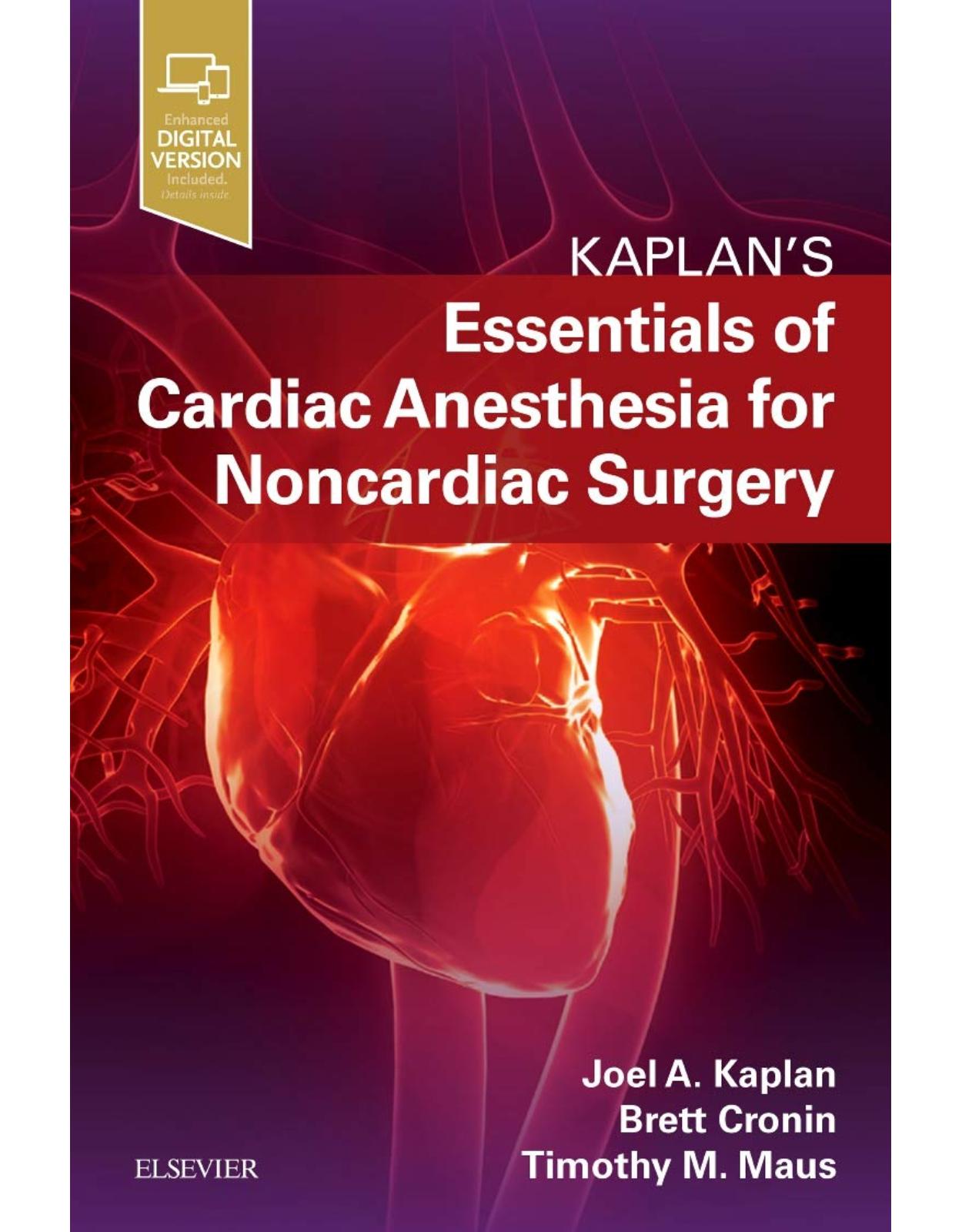
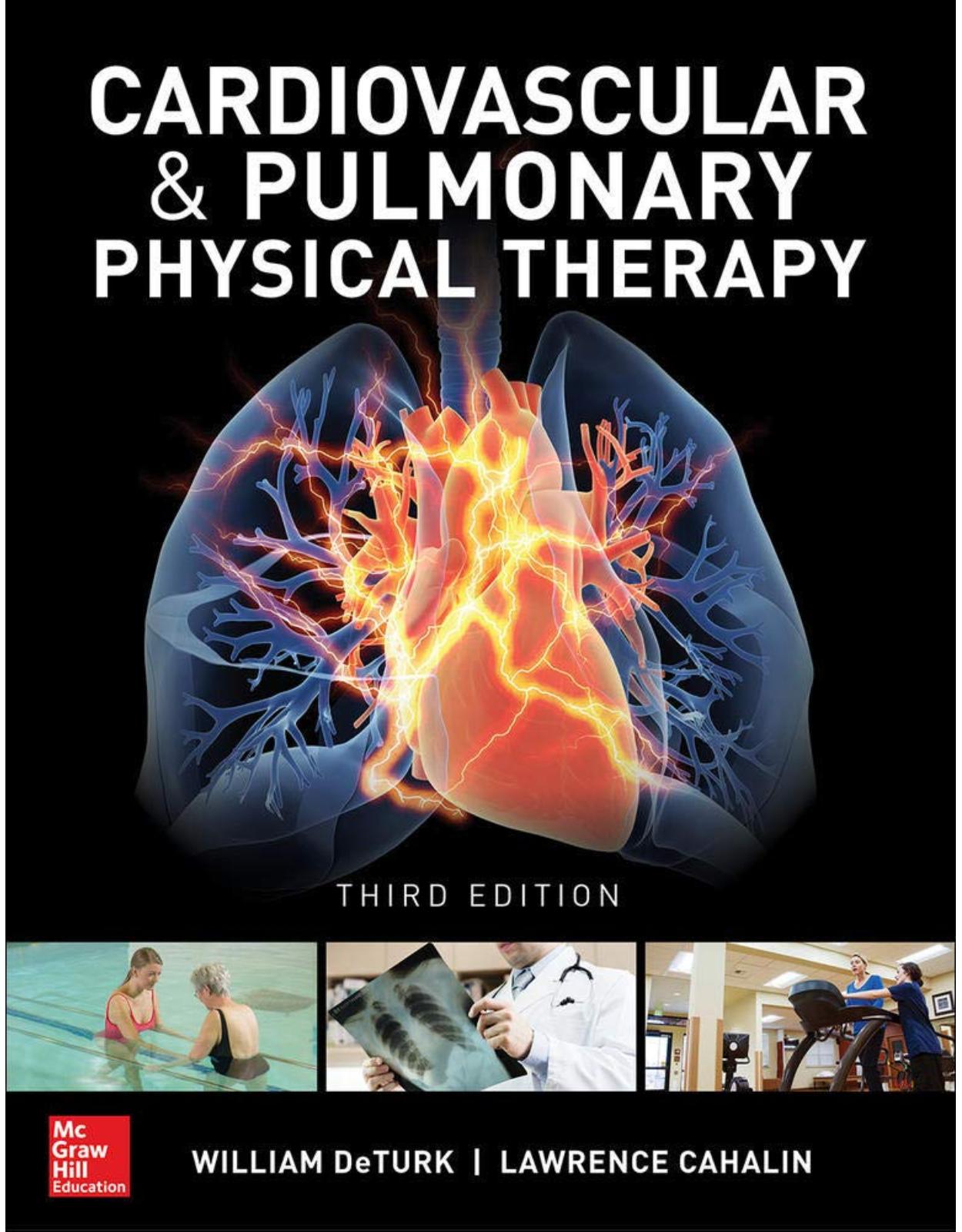
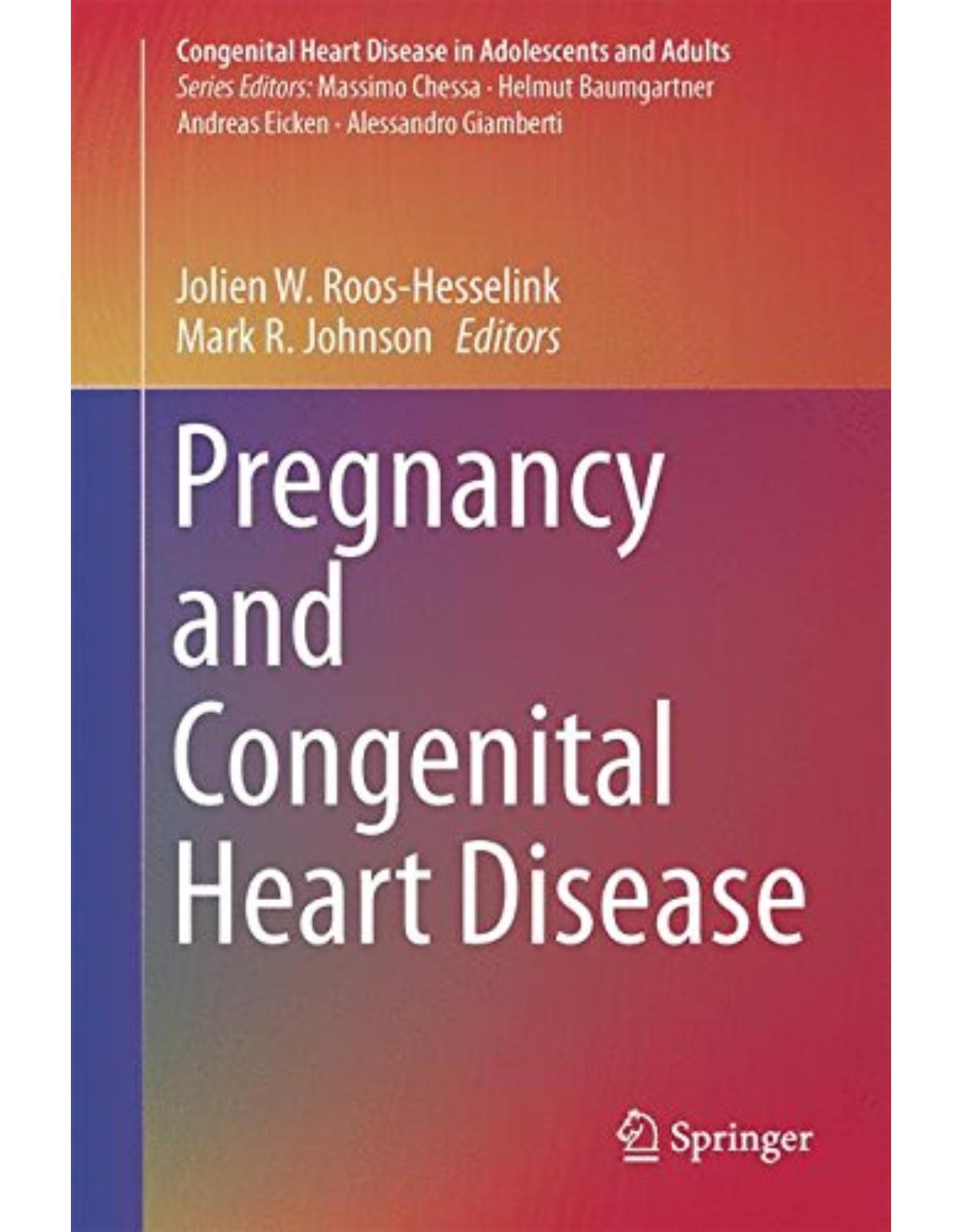
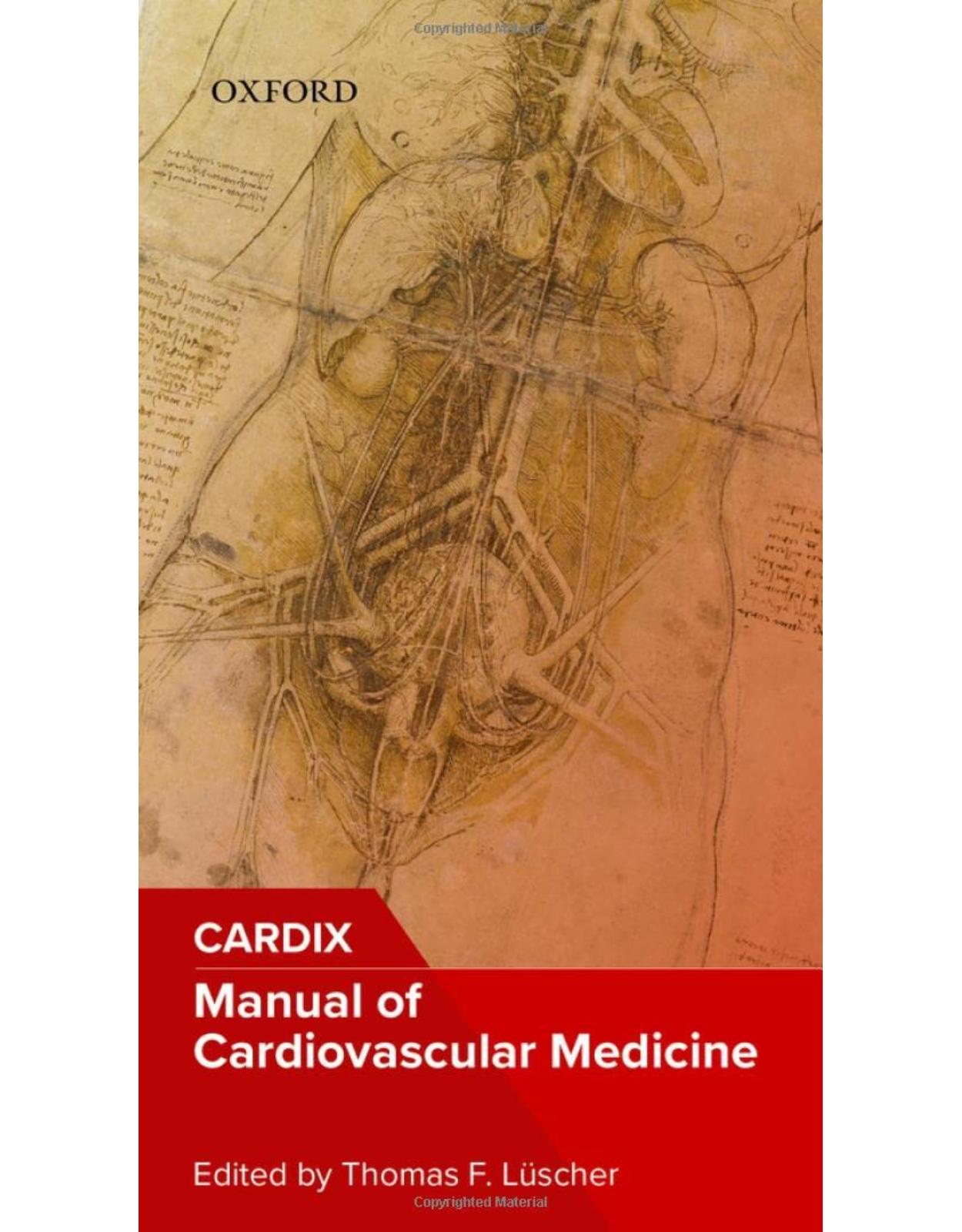
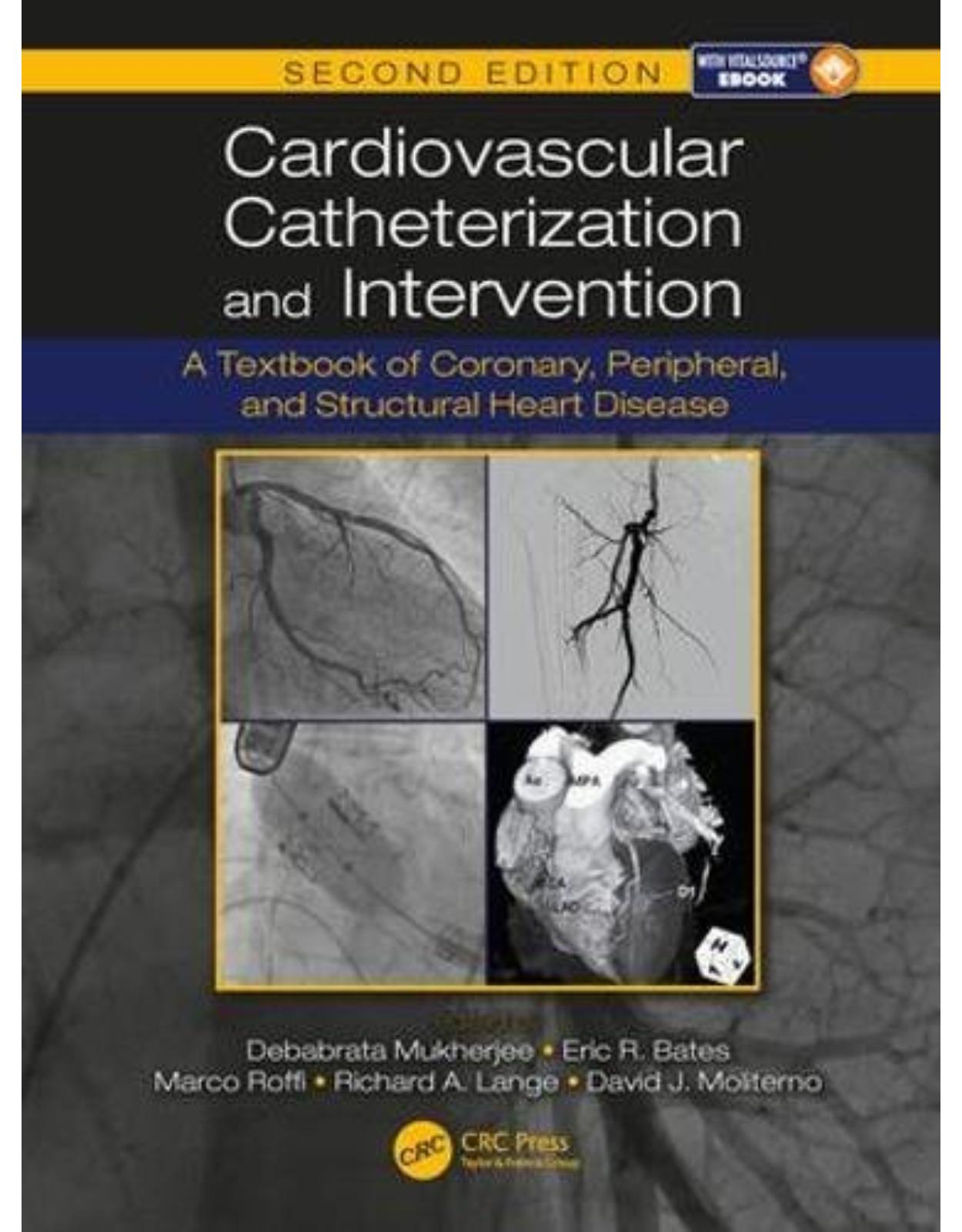
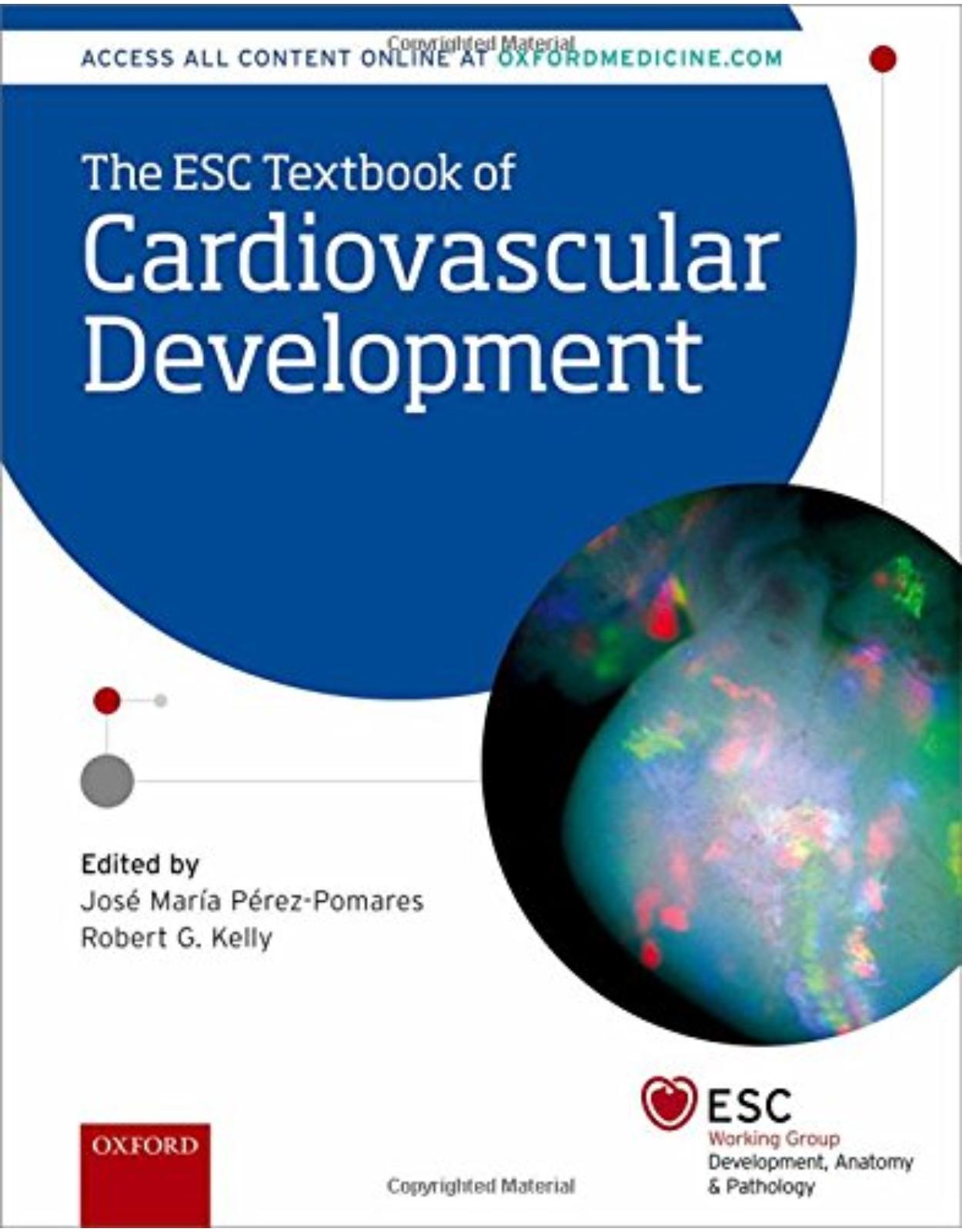
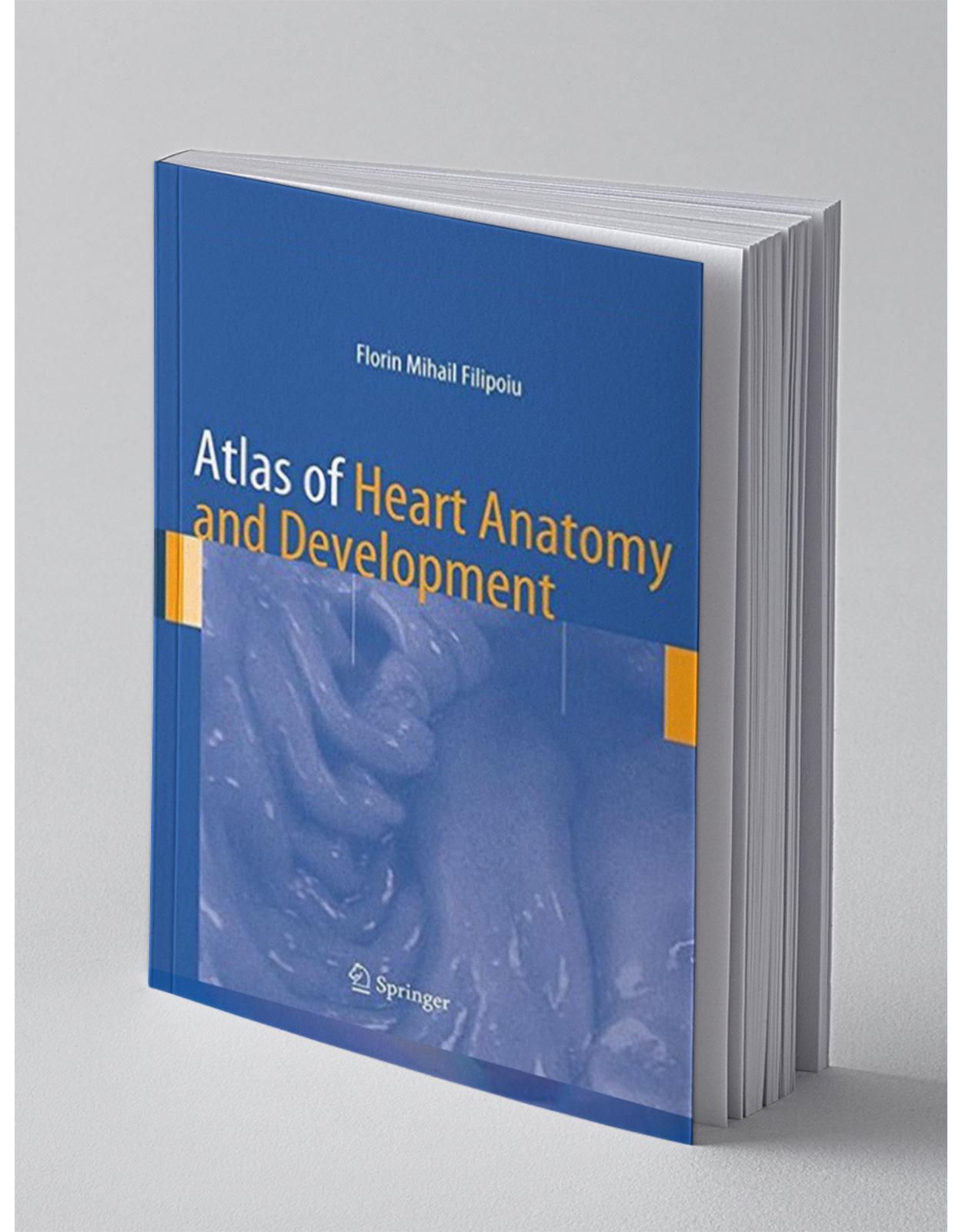
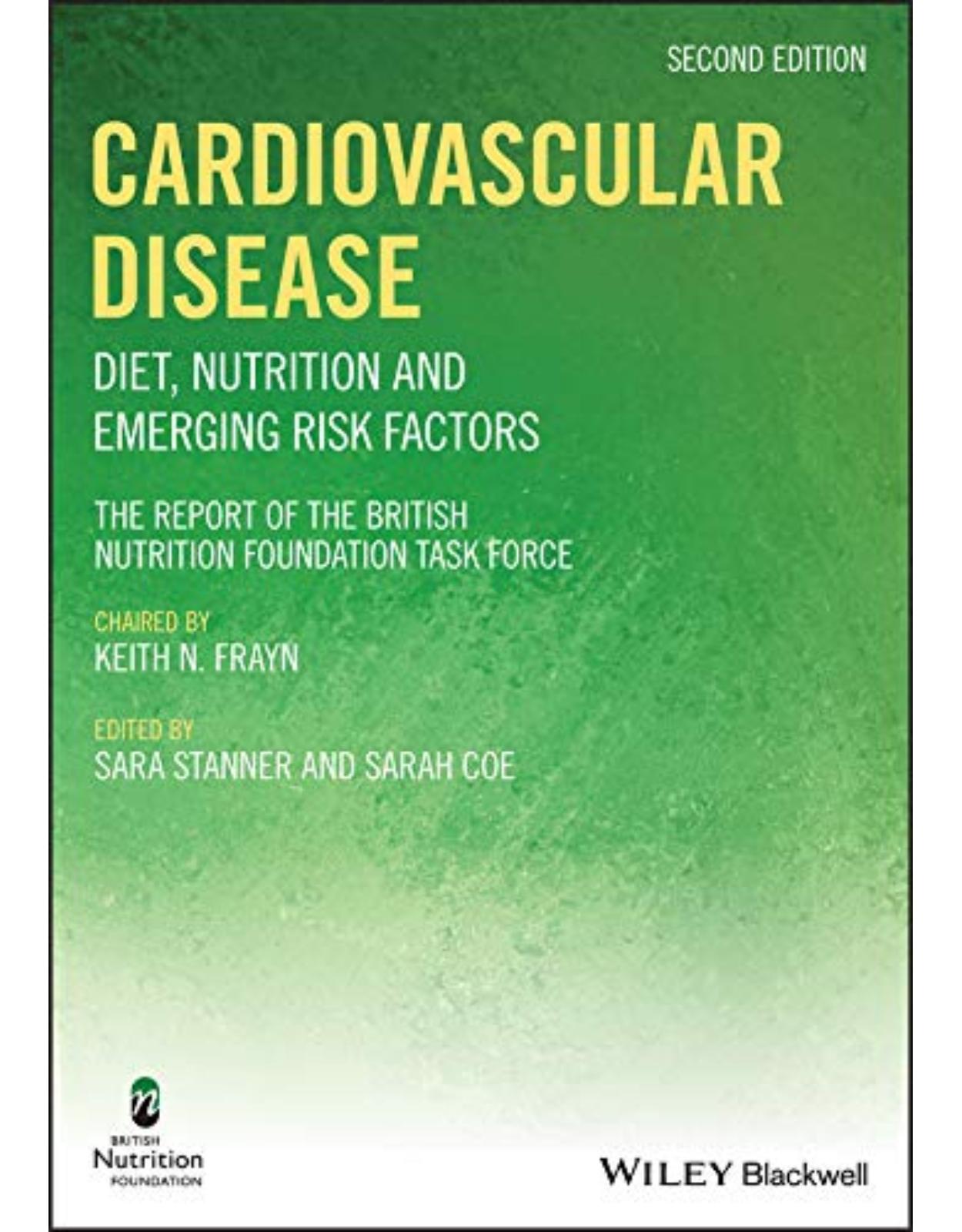
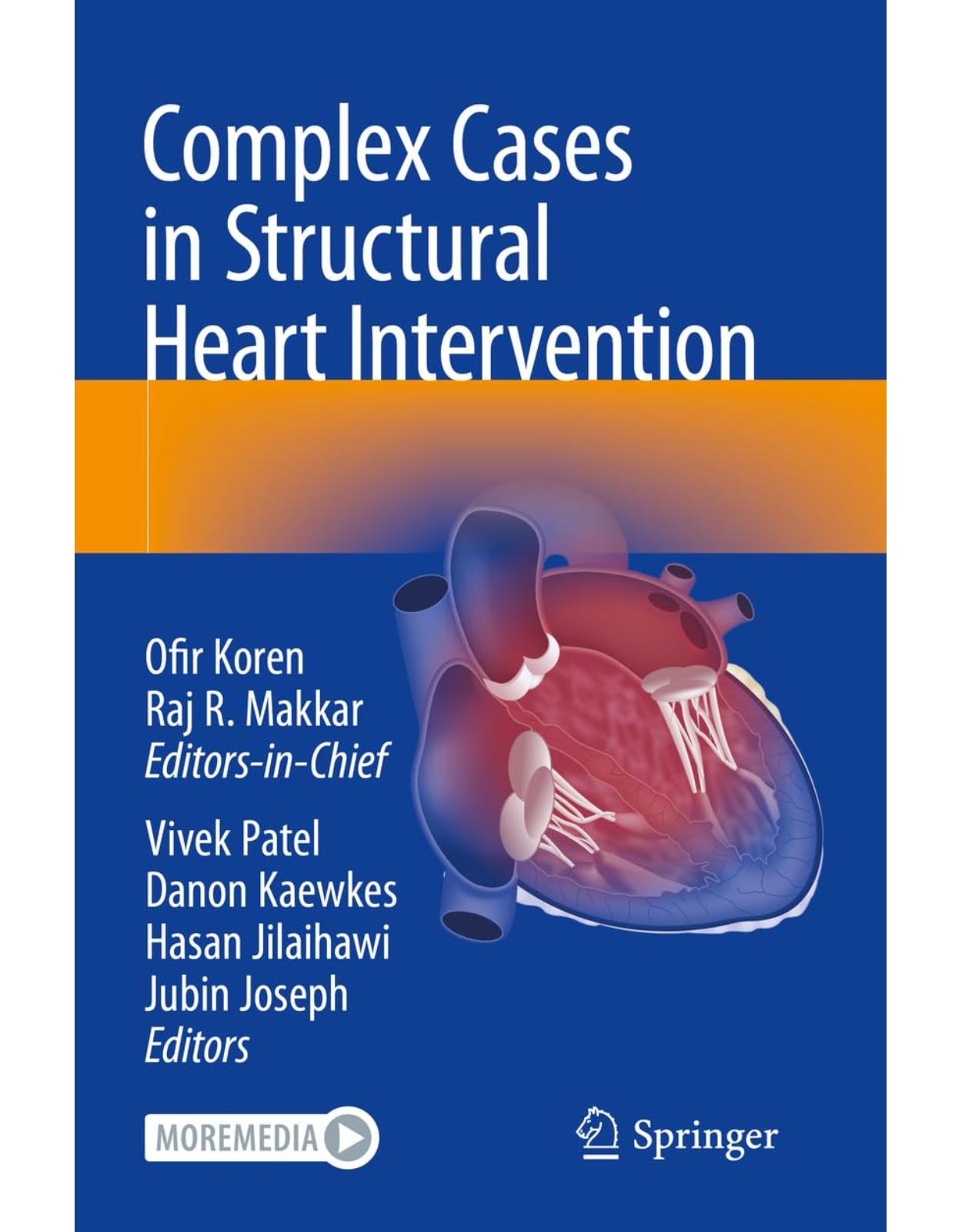
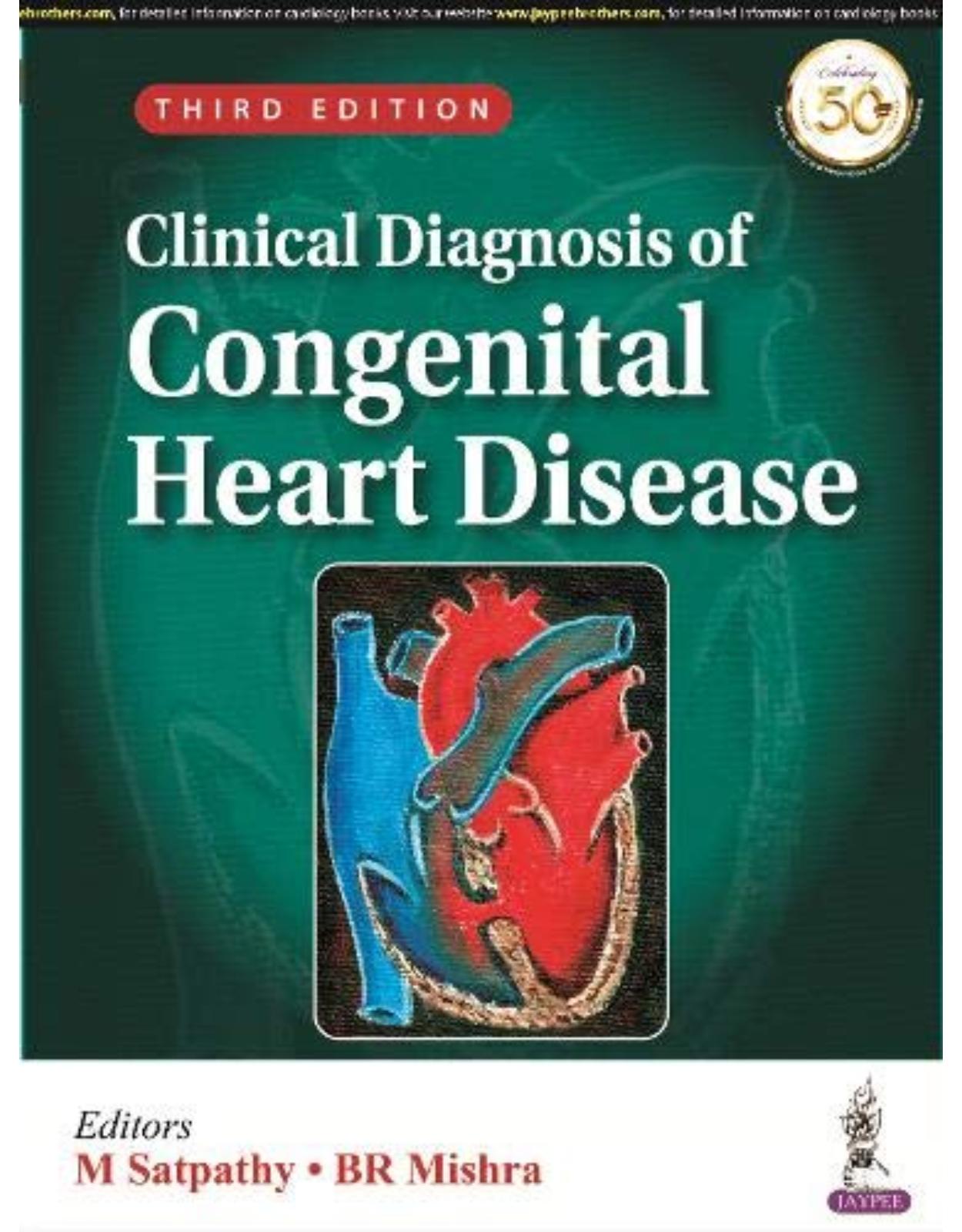
Clientii ebookshop.ro nu au adaugat inca opinii pentru acest produs. Fii primul care adauga o parere, folosind formularul de mai jos.